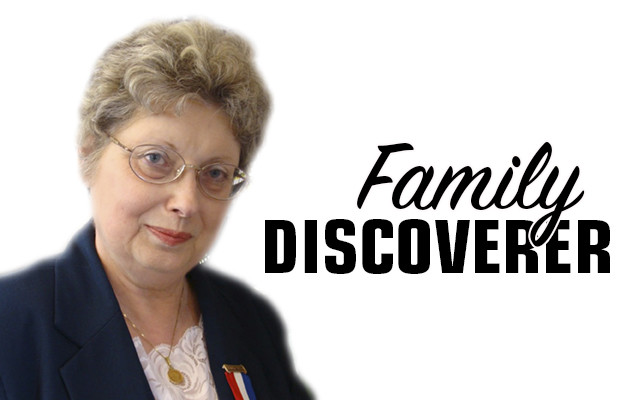
How times change
By Nancy Battick
On April 17 I presented a program at the Thompson Free Library in Dover-Foxcroft for those who wanted to learn how to research their ancestors but were uncertain how to start. I prepared a packet to help them navigate the ins and outs of genealogy. While working on it I realized how much has changed since I first began researching over 40 years ago.
The two most significant changes are the role of technology and the impact of DNA.
When I first started researching back in the Dark Ages, all genealogists used paper records, including pedigree charts, family group sheets, research logs and relationship charts. Researchers usually visited archives and libraries in person, toting their pedigree charts and notebooks with them. We communicated through letters and filed anything we found in file folders or stored family records in binders (I still have all of mine).
While there were a couple of software programs for genealogists, they were in their infancy. I recall one was extremely difficult to use. People joked you needed a degree in rocket science to operate it. Others were primitive and not much help. Using them took longer than the paper ones, so most people didn’t make the switch.
Today genealogists can choose among several software programs where they can record their findings, print out family group sheets, pedigree charts, have their relationships with individuals figured automatically by the software, and store pictures and links to documents. These software programs make life so much easier and allow the genealogist the ability to produce everything from an individual report to multi-generational ones, as well as even draft books. For those of us who began our research years ago, all this is like a miracle.
Online resources have exploded. While not everything is online, so much is that genealogists can now start their basic research from home or from using a free edition of a database at their local libraries or Family Search Center. These resources make it possible for a genealogist to build their family tree as much as possible before having to consider a physical journey seeking more information. Also, online search engines such as Google allow a researcher to locate resources and to communicate with them either through e-mail or via the phone.
DNA has changed everything in genealogy. If you have yours done you can opt for matches, which may reveal unknown relatives you can contact to find out what they know about your family. Prior to the advent of common DNA testing this was impossible. Now, technology is making it possible to explore family secrets or just to find out what happened to Great Uncle Frank, the one who moved away and everyone lost touch with, and “meet” his descendants.
It is an entirely new world for beginning genealogists. They’ll have it much easier than many of us did and that’s wonderful.
Now, what do I do with all those binders and file folders?
Columnist Nancy Battick of Dover-Foxcroft has researched genealogy for over 30 years. She is past president of the Maine Genealogical Society, author of several genealogical articles and co-transcribed the Vital Records of Dover-Foxcroft. Nancy holds an MA in History from UM. Reader emails are welcome at nbattick@roadrunner.com.